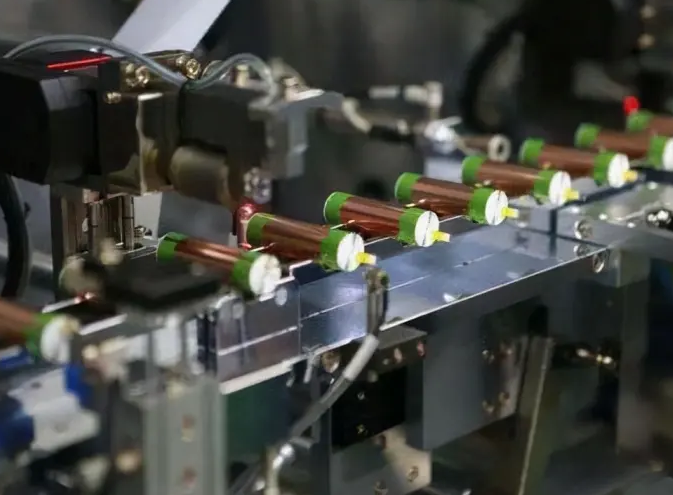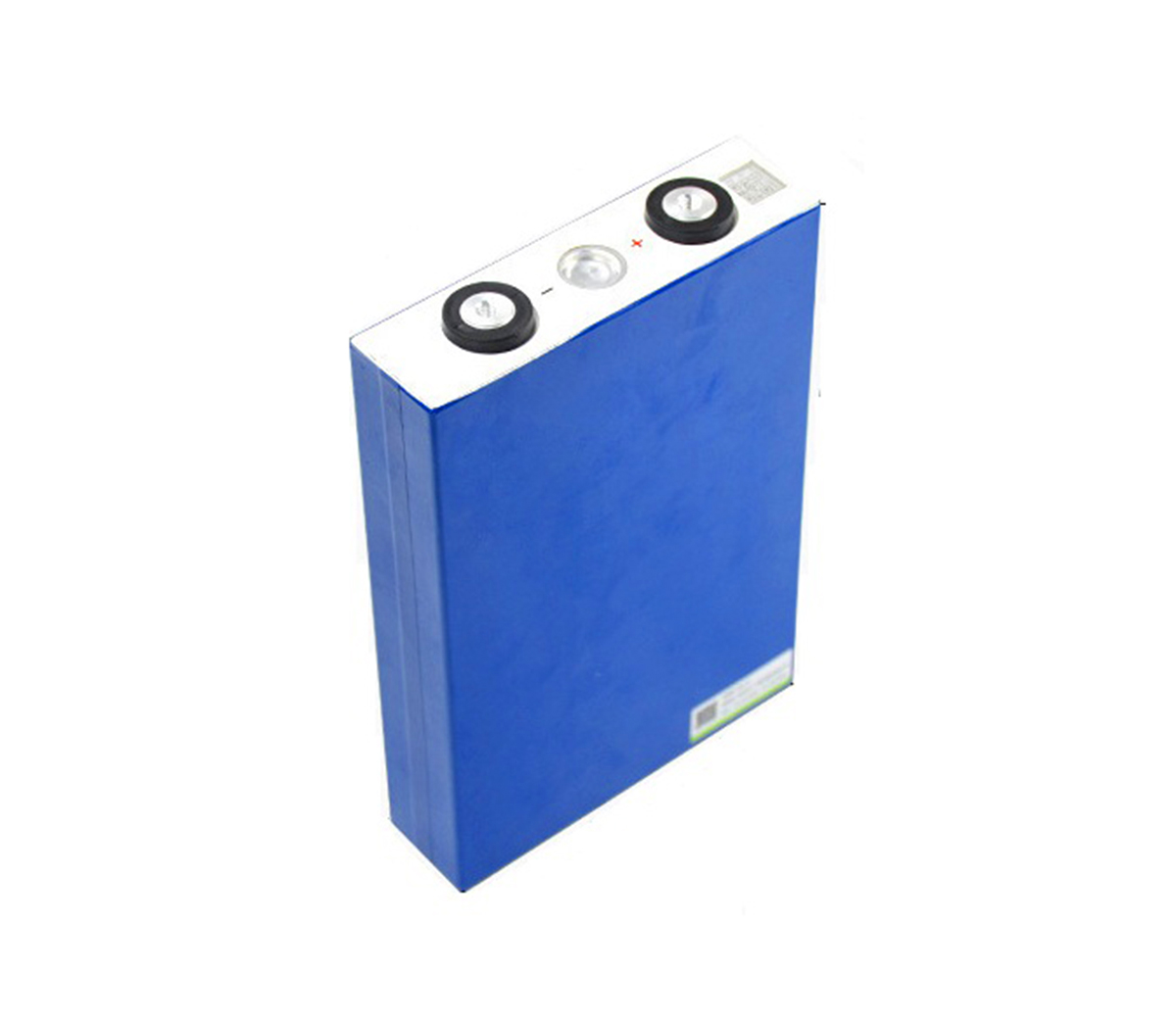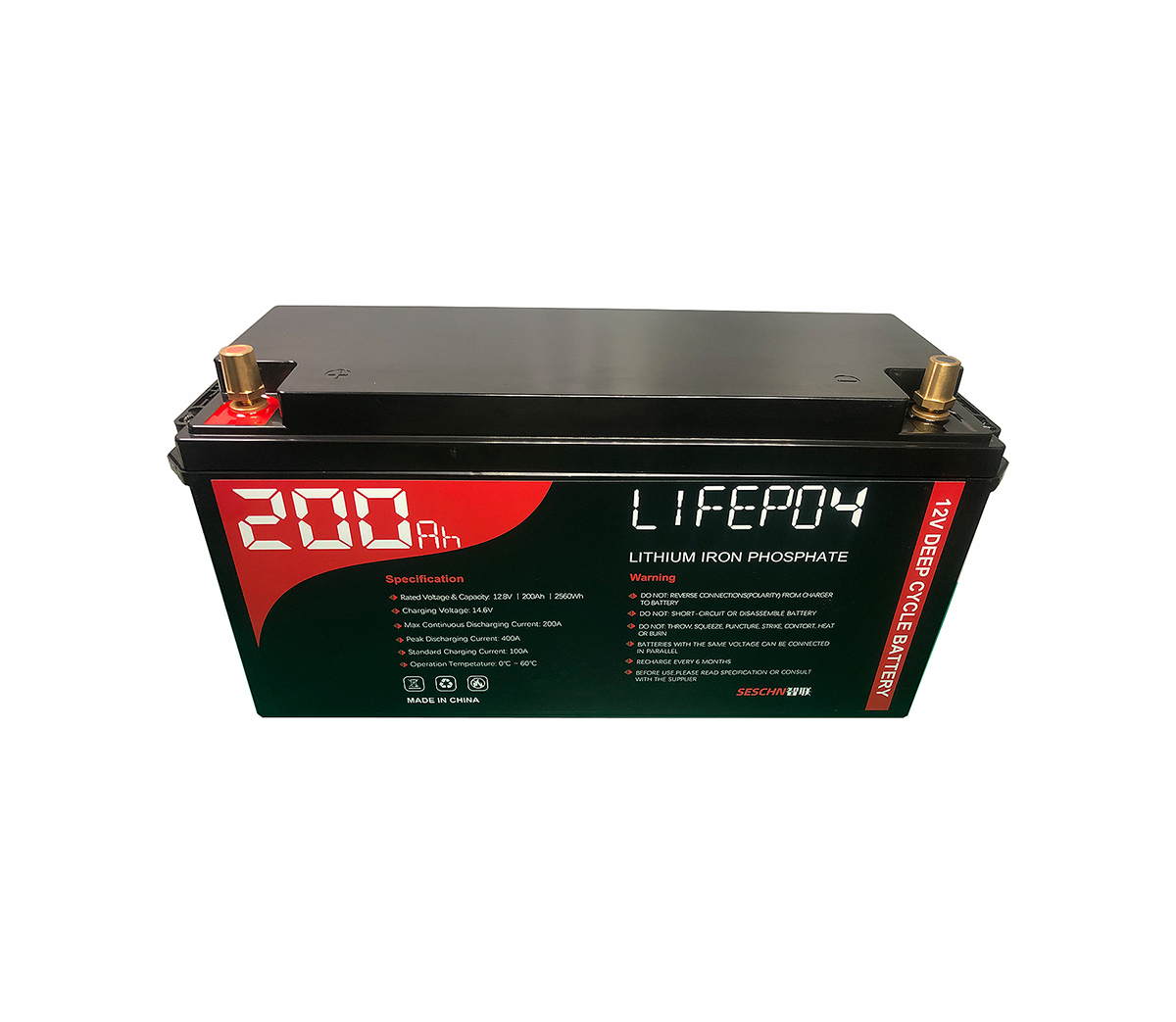Due to the impact of global inflation and tight supply of raw materials, the price of lithium batteries has risen sharply in the past two months. As a customized manufacturer with nearly 20 years of experience in the lithium battery industry, SES Power deeply feels that this kind of price increase is extremely irrational, which leads to the forced adjustment of the price of our lithium battery products, such as our 12V100Ah, 24V100Ah, 36V100Ah, 48V100Ah, household energy storage 3KW, 5KW system, rack-mounted energy storage system and other products using EVE, CATL, BYD square aluminum lithium iron phosphate battery. Of course, we have a good cooperative relationship with many battery cell manufacturers, so our cost increase is lower than the same level in the industry.
We carefully analyzed the source and trend of the price increase of the battery cell, and found that the trend of the price increase of lithium battery raw materials is caused by the positive electrode material of the battery, which has more than doubled in just one month. very amazing. The following is a brief explanation of the cost composition of lithium batteries and the classification of cathode materials by SES Power.

Lithium battery materials are in the upstream of the entire lithium battery industry chain, and are mainly composed of four materials: cathode materials, anode materials, separators and electrolytes: cathode materials account for 40%-60% of the cost, and anode materials account for about 15%. The liquid cost accounts for about 10-15%, and the diaphragm cost accounts for about 20-30%. From this ratio, we can see that the positive electrode material has a great influence on the cost of the cell, and the choice of the positive electrode material determines the technical route and main performance of the cell.
According to the cathode material system, the technical route of lithium batteries is divided into lithium cobalt oxide (LCO), lithium manganate (LMO), lithium iron phosphate (LFP), ternary materials (nickel cobalt lithium manganate (NCM) and nickel Lithium cobalt aluminate (NCA)) and other technical routes.
The mainstream lithium battery cathode materials are lithium iron phosphate, lithium cobaltate, lithium manganate and ternary materials. In terms of output structure, in 2020, ternary materials will have the largest market share, accounting for 44%, followed by lithium iron phosphate, accounting for 29%, and lithium cobaltate and lithium manganate, accounting for 15% and 12%, respectively.
A: Ternary material (NCM)
Ternary material (NCM) material has high energy density and stable electrochemical performance. The mainstream ternary materials are 523 type and 622 type. Among them, type 523 is the most used ternary material in recent years, with high specific capacity and thermal stability. NCM811 and NCA materials have the advantages of high capacity and low cost due to high nickel content and low cobalt content. At present, Panasonic, Samsung, and LG use high-nickel materials to produce high-quality power batteries.
The performance advantages of NCM811 are significant, and the energy density of the monomer can reach more than 300Wh/kg, which is much higher than that of NCM523 and NCM622, which represent ordinary ternary elements. The market expects that it will gradually replace lithium iron phosphate and common ternary materials.
Although the NCM material system has many advantages over lithium iron phosphate batteries with lower energy density, such as occupying less space in the car, lighter weight, longer discharge and cruising range, etc., the driving range of new energy vehicles is generally increased to more than 600km important technical path.
At present, Tesla, which has the highest sales volume in the global electric vehicle market, uses NCM811 batteries from Panasonic NCA and LG New Energy. The development and mass production process of high nickel and low cobalt batteries.
According to industry estimates, the global output of high-nickel ternary materials will exceed 600,000 tons by 2022, doubling the growth. By 2030, the global output of high-nickel materials in the entire industry will be close to 3.5 million tons. However, this material system still has the problem of heavy dependence on rare metals, such as cobalt metal. In addition, the safety of NCM is still far less than that of lithium iron phosphate batteries.
B: Lithium Iron Phosphate (LFP)
Since Tesla gradually began to use lithium iron phosphate batteries for standard battery life models, many car companies have successively launched lithium iron phosphate models. According to normal logic, although lithium iron phosphate has the advantages of high safety performance and long cycle life, the disadvantages of low energy density and large volume and heavy weight should be the fatal defects of consumer products.
In this wave of price increases, we can clearly see that because the cathode material of lithium iron phosphate battery does not contain precious metals, although the price increase of lithium ore has also led to its increase, the price increase is significantly lower than that of the NCM system.
In addition to performance advantages, cost is the main reason for deciding which battery a car company uses. Relatively speaking, the cost of ternary lithium battery is higher, and it is not as stable as lithium iron phosphate battery. The price of lithium iron phosphate battery is about 10% lower than that of ternary lithium battery, and the price advantage of lithium iron phosphate battery is more obvious.
The irrational fluctuation of raw material prices actually affects the sales of final products. It is like a butterfly flapping its wings in South America but causing a hurricane in North America. SES Power is very much looking forward to the return of the raw material market to a stable and rational track. Only in this way can the lithium battery industry develop healthily. For example, our lithium iron phosphate battery using customized cathode materials can work in a low temperature environment of -40 degrees Celsius. Customers have been asking us to increase production capacity, but raw material manufacturers are powerless.



































